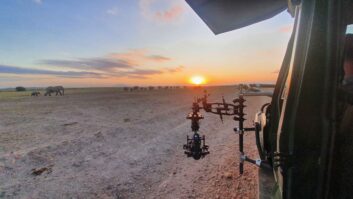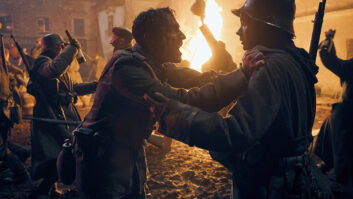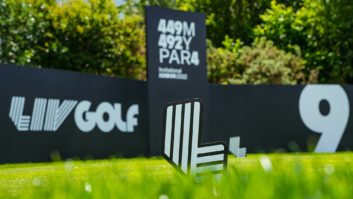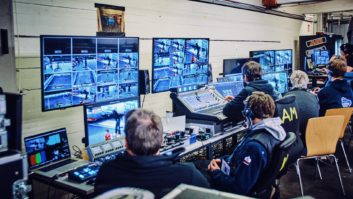Czechian journalist Jaroslav Kmenta is renowned as his country’s finest investigative journalist, having uncovered various significant events and scandals throughout his career. Notable investigations include exposing corruption in politics and business, dismantling organised crime networks, revealing financial frauds, and shedding light on historical controversies. When writer Jan Stehlík drew inspiration from Kmenta’s work, it signalled the birth of Extraktoři (Extractors), a six-part espionage thriller series created by Lenka Szanto and Adam Dvorak, and produced by Voyo Originál.
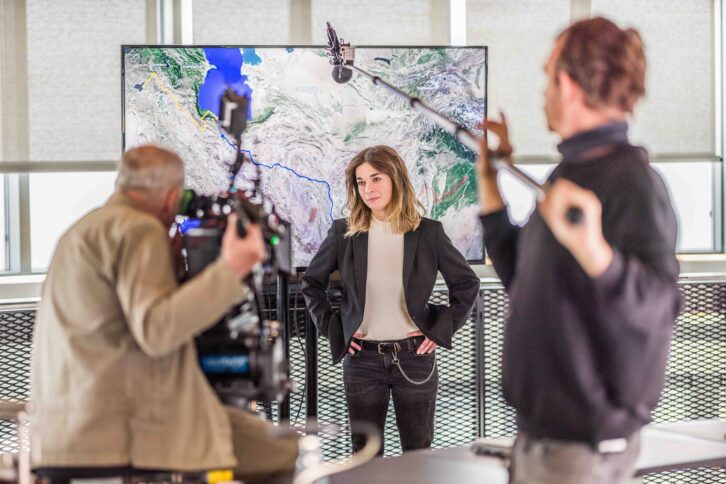
The show pays homage to Czech spies and their behind-the-scenes work, skilfully intertwining this narrative with a glimpse into the shadowy realm of international crime. Extractors celebrates the bravery and determination of spies on the front lines while serving as a poignant reminder of the often-overlooked hazards faced by journalists in their quest for truth. The series emerges as a captivating tribute to the vital role of journalism in society.
“He’s a well-respected investigative reporter with a vision for the screen,” says Stehlík. “Together, we focus on stories that could involve intelligence units. We started with the 2013 kidnapping of two girls. Extensive research informs the narrative, aiming for a gripping, authentic tale inspired by real events.”
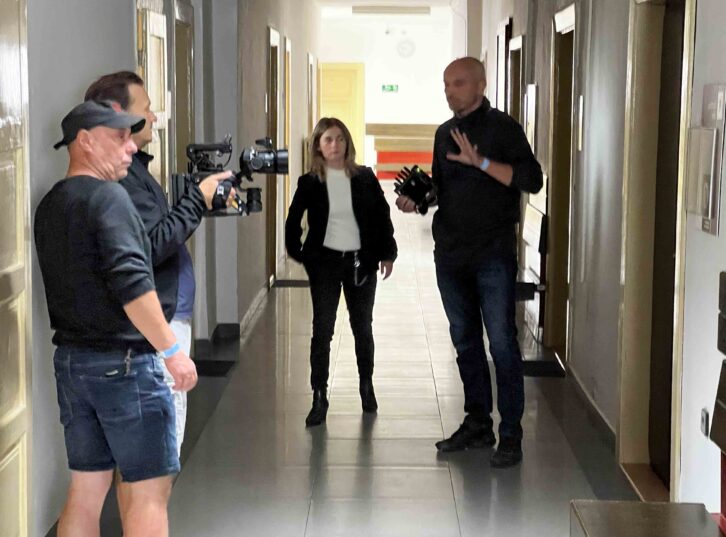
Director Roman Kašparovský embraced the premise from the start but recognised the need for creativity, given the sensitive nature of the subject matter. “We couldn’t use real names or make the actual victims even remotely identifiable because it would put them in a lot of danger, if they aren’t already,” he explained. “Instead, we used it as a stimulus, adding Czech intelligence units in place of Pakistani ones.”
Kašparovský explains that they didn’t draw inspiration from big Hollywood films like Mission Impossible and went for authenticity instead. “We didn’t have Tom Cruise or millions of dollars,” he adds. “Instead, we got access to real spies and asked them how they do it because then you’re watching something which is not all action. But at the same time, it is interesting because you know you’re watching something what happens in reality, and that’s what we went for. Eventually, we tried to make those situations as real as possible, which actually kind of makes it real eventually. Of course, the situation of the girls staying in the heart all the time, being basically locked up from the rest of the world, is very real. We talked to some people who were somehow incarcerated, and we talked to people who try to get them out or figure out how they do it.”
And there was light Despite the inspiration being events in Pakistan, given the hazards associated with filming in Pakistan, the team had to consider alternatives. “We could have utilised old streets and abandoned buildings in the Czech Republic. However, once in the woods, the stark difference in terrain from Pakistan becomes apparent,” explains Kasparovský. “The landscapes of North Moravia or North Bohemia don’t resemble those of Pakistan or Afghanistan. CGI or green screens would be necessary, which we wanted to avoid.”
In the end, they selected a location that wasn’t too dissimilar and settled on eastern Turkey, specifically Ağrı Dağı, more commonly known as Mount Ararat, where legend has it, Noah’s Ark came to rest.
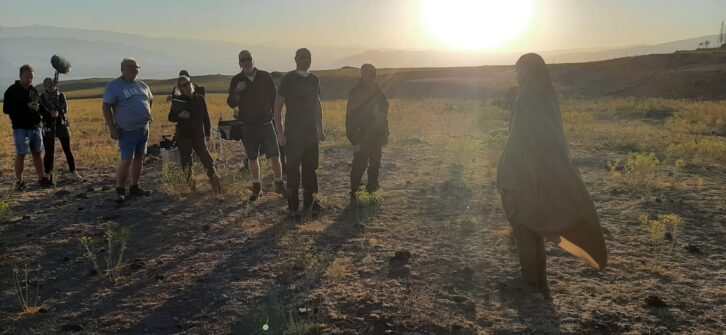
“We had to shoot in harsh conditions, so we condensed the crew to around 20 people,” Kašparovský says. “With a smaller crew, we couldn’t bring truckloads of lighting equipment, so we opted for a compact setup. We used the Sony Venice 5K, the latest version in 2022, primarily with primes for interior shots and static aesthetics. For movement, we relied on the DJI Ronin 6k with gyroscope, a camera combined with a gyroscope for flexibility. While the picture quality of the Ronin wasn’t as great as the Sony Venice, its mobility suited our needs. The Sony Venice offered exceptional picture quality, akin to creating a canvas, allowing us to capture intricate details. In contrast, the Ronin facilitated dynamic camera movements. Both cameras provided sufficient resolution, with the option to enhance details during post-production.”
Despite having fewer people than he was used to working with, Kasparovský says it’s simple that way. “Managing a large team and all the logistics can be complicated,” he adds. “With a smaller setup, everyone is accountable for their tasks, making it easier to address any issues that arise.”
The DOP on the series is Vladimír Smutný and he visited the locations with Kašparovský “to assess the natural lighting” and plan the shots accordingly. He gives an example of how conversations went: “‘Could you bring the lights over there? Oh, wait, let’s wait for the sun.’ You see? It was more about working in harmony with nature. Being 2000 metres above sea level, the journey back to the city or town would take about one and a half hours. Shooting in different angles and times of day required careful scheduling to maximise the light. We embraced working with nature, considering factors like altitude and travel time to the town. Forgetting anything meant a three-hour round trip, emphasising the importance of preparation. So, I decided it was best to go there a day before. Then, in the midst of this picturesque location, there stood a toilet. They had set it up right in the middle of the set, amidst the yard in front of the hut. It was quite unexpected, but they swiftly dismantled it, leaving no trace by the next day.”
That really is being at one with nature.
Extractors is available on Voyo in Czechia and other European territories, including Slovakia, Slovenia, Croatia, Bulgaria, Romania, Russia, Albania, Serbia, Montenegro, Bosnia and Herzegovina, Republic of North Macedonia and Kosovo. The series is being distributed internationally by Keshet International.

